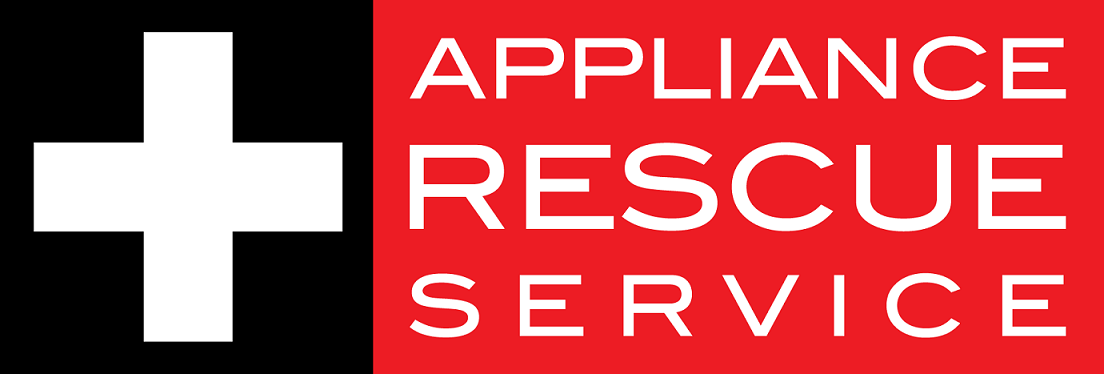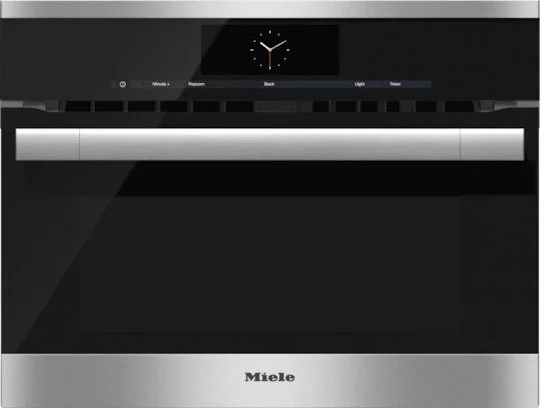The best of both worlds or too good to be true?
How often do you rush home after work fighting to try and figure out something that you can make that won't take all of your remaining free time and is still healthy? How often does that end up being a meal you toss into the microwave and choke down because it's been turned to mush, cardboard, or rubber? Would you believe us if we said that there was a way to cook without spending hours or eating cardboard afterwards? Today, we're talking about speed ovens. A speed oven is a relatively new type of appliance in the realm of cooking. What are they really, are they worth the hype, and how much would you be spending if you decided to put one in your kitchen.
What is a Speed Oven?
Let's start off with what they are. Speed ovens combine a convection oven, a microwave, and if you choose, a grill element. They're supposed to be able to reduce the amount of time it takes to cook with a conventional oven, while also avoiding dehydration of food like a standard microwave. They take very little if any time to preheat, which is a drawback of most standard ovens.They often come with a variety of different pre-programmed modes or recipes to make things even easier.
A typical program for example would be baking. Most of us bake even if it is just around the holidays or special occasions. Something that would typically take you say an hour to bake in a normal oven would take roughly half the time using a speed oven. (Depending of course on the model.) This would be something wherein you would have 90% convection and 10% microwave. This innovative combination of different methods of cooking allows the speed oven to shorten the amount of time it takes to make your food. Some people swear by them, some people hate them. We think it's best to keep your manual nearby so that you can learn the different modes and cooking methods and make the best of this nifty appliance.
Most of them are built and modeled after wall ovens. While some do come with the option to be freestanding, the larger majority of them are meant to be built into your existing cabinetry.
Who makes them?
The three top speed ovens currently in the field in our opinion at least are made by Miele, Wolf, and Thermador.
Miele H6700BM Built In Stainless Steel 24” ContourLine
1.52 Cu Ft
M Touch Intuitive Controls
19 Operating Modes
Rapid Preheat
Roast Probe
Over 100 MasterChef Menu Options
Comfort Swivel Handle
Clean Touch Steel
Stainless Steel
Price: $ 3899
We think this model is best if you regularly host small dinner parties or cook just for your family. This is great for those of us that could use a hand in learning to make more of our ovens
Wolf SPO30CM/B/TH 30” Built In Speed
Dual Convection
10 Cooking Modes
All in One Oven Versatility
Astounding Capacity 1.6 Cu Ft
Stylish
Quick Start Controls
Gourmet Mode
Convection Mode
Quartz Broil Element
Keep Warm Mode
3.5 Watt LED Light
Approximately $ 2580
The Wolf model is something we think best fits the hostess. You're regularly hosting large dinner parties or called on to bring baked goods for PTA meetings and your kids bake sales etc. You know your way around the kitchen and you need an oven that can keep up with you and your demanding life.
Thermador MC30WP 30” Professional Series
1.6 Cu Ft
10 Microwave Power Levels
36 Cook Smart Auto Programs
2 Knobs
Kitchen Timer
Panel Lock
Touch Screen
Standard or Flush Install
Rounding out our list is the Thermador. We include this one for the professional chef or Baker. You know what you're doing and how to do it and you need a tool that won't flinch at the amount of cooking you plan to do. The Thermador is built for professionals designed by professionals and is just what you're looking for.
So do you have any experience working with a speed oven? Do you think you would benefit from adding any of these to your kitchen? Let us know in the comments down below or over on our Facebook. We would love to hear from you. Although we hope that you've chosen a model that won't give you any issues.
In the event that you have a speed oven and it's giving you trouble, we do service them. You can always reach out to us via our website or you can call ((214) 599-0055 ) and set up an appointment. We are here to keep your home in tip top shape.
*Disclaimer: All images belong to their respective companies.












